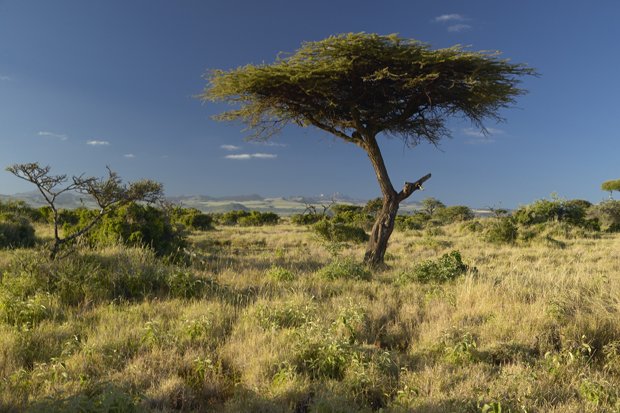Australian wattles choking South Africa

INVASIVE SPECIES EXPERT Tim Low says aid agencies are promoting our national icon as a means of reducing poverty in South Africa. But the plant has now colonised large parts of the country, and may do more harm than good.
Australian wattle has been imported into South Africa since the 19th century, initially for sand stabilisation, tannins and timber. Many of the country’s rural poor continue to use it as a cheap source of firewood and building materials.
South African wattles’ water guzzling habit
However, the plant currently costs the South African economy about $440 million a year as it depletes water supplies and takes over vast tracts of land, Tim says.
In a paper published in the journal Biological Issues, Tim warns it’s short-sighted to believe wattle can cure a developing country’s financial ills.
“The aid and development community should abandon faith in ‘miracle’ plants that can quickly lift people out of poverty,” Tim writes. “Any short-term benefits (wattle) provides are soon overshadowed by the problems they cause.”
Wattle continues to sustain the tannin and pulp industries and a small timber industry in South Africa.
Watch out for wattle legacy
Tim says that although industrial plantings are in decline, wattle seeds can still be freely purchased over the internet.
“New plants should not be treated as a form of technology transfer when they often end up being weeds donated as aid,” says Tim. “The verdict of history should not be that the aid and development community kept degrading vast tracts of land by ignoring warnings about the unproven crops they were promoting,” says Tim.
RELATED STORIES

